Have you signed up for The Educator’s Room Daily Newsletter? Click here and support independent journalism!
By Julie Letofsky
A Tennessee school board bans Maus, Art Spiegelman’s Pulitzer Prize-winning graphic novel about the Holocaust because of two curses and “its depiction of violence and suicide.” A Texas woman wants to ban a Michelle Obama biography from school libraries, claiming it perpetuates “reverse racism.” An Oklahoma state senator proposed legislation that would allow parents to ban books in Oklahoma public schools and collect $10,000 for each day a challenged book remains on library shelves, books that he says “teach moral lessons that should instead be left up to parents and families.”
Book banning is not new, but these recent attempts reach a new level of zealotry.
I don’t understand these actions. I don’t understand the people taking these actions. I don’t understand what makes them so afraid of books and words and ideas. I know it’s not only fear; I recognize the political and religious underpinnings and the irrationality about Critical Race Theory practices that don’t exist in K-12. But, whatever the basis of these protests, they are unacceptable to me and I must protest the protests. And I have an idea for how you can protest, too.
Let me first say that I have had the privilege and joy of reading whatever I wanted to read my whole life.
I could read any book on the family room shelves at home – my sisters’ Nancy Drew books and my brother’s Amazing Sports Stories; my mother’s mystery collection and my dad’s baseball books; the weighty World Book Encyclopedia and Childcraft volumes on the bottom shelf. I read newspapers that arrived every morning and every evening. My mother taught me to read a dateline to understand that Woodstock was taking place in New York and not in Colorado, where I lived. My dad taught me to read baseball box scores and helped me find an encyclopedia map to locate where the Yankees and Cubs, and Dodgers played. No parent or sibling ever limited what I could read in that home.
The library at the corner of our neighborhood was one place I could go all by myself. I couldn’t ride my bike there fast enough, skipping down the wide stairs to the children’s section and spending hours choosing books to take home. I was limited only by the number of books I could carry out the door. Bless the children’s librarian, who eventually directed me “upstairs” to the young adult section. I discovered books about religions, languages, science, people I’d never met, and places I’d never been. I discovered Steinbeck and Langston Hughes and Emily Dickinson and Judy Blume – Judy Blume! No librarian ever limited what I could read in that magical place.
I read The Adventures of Huckleberry Finn, Wuthering Heights, Robinson Crusoe, Red Badge of Courage in grade school. At ages 11 and 12, and 13, our little group discussed what we understood and didn’t, and no group leader ever limited our ideas. In ninth grade, I read The Outsiders, in tenth grade Great Expectations, in 11th grade “Julius Caesar,” along with every other student in our city. While I didn’t pick these myself, I was mesmerized by new eras, communities, and characters. Then, in 12th grade, our English teacher had everyone choose a piece for the whole class to read. I’m still a bit annoyed at the boy who chose War and Peace, but I compensated by choosing Chekov’s short play “The Cherry Orchard.” That excellent teacher did not limit our choices in any way, which explains why two students chose that we read as literature the lyrics of Joni Mitchell and Bob Dylan.
As a primary teacher, I couldn’t wait to fill my classroom with books to entice children into the wonderful world of reading. I selected and displayed picture books of every genre. And I learned there were so many books that were not part of my childhood that could be part of my students’ experiences – texts written and illustrated by women and men; books with characters from diverse backgrounds and non-traditional families; books written by and illustrating people of different ethnicities, cultures, and languages. I strived to ensure that children would see themselves and people different from themselves in our collection. I wanted the books to be irresistible to the young, with rich stories, beautiful illustrations, and memorable descriptions that stick in your brain forever. I read books aloud every day, in every subject. Whatever I read aloud became the most popular book in the reading corner. I used books to start studies, highlight lessons, and engage children in critical thinking about their little worlds. (I also unashamedly used books to bribe them into desired behaviors, as the lure of reading one more chapter or rereading a favorite story could settle the most restless group.)
From this teaching experience, I share with you a dozen books you must read aloud to your students, NOW, before someone tries to ban them. Give your students the privilege and joy of hearing and discussing books too good to miss. It doesn’t matter if someone else defines the content as “controversial” or fears it might teach a “moral lesson.” Deep down, teachers know what a good book can do for children’s growth and the shared history of your classroom community. Think of the readings as your protest against book banning fanaticism.
Of course, there is something in each book – the content, the language, the illustrations, the questions it raises, the dialogue it will engender – that will inevitably offend someone, but those same factors are precisely why you SHOULD read each book. Children need to learn about the world through specific content that tells about history and humanity; they need to hear the words the language of many voices to consider lives different from their own and to understand the world; they need to view beautiful illustrations to support understanding; they need to pursue answers to their questions in respectful settings, such as the classrooms of skilled and loving teachers; and they need to engage in rich and important dialogue about things that matter with classmates and teachers. (You’ll note that many of the books were published years ago, but the themes and messages remain powerful today.)
Over the years, I read these books not only to primary children but also to teaching colleagues in PD sessions, my college students in literacy courses, and caregivers at parenting conferences. These varied audiences didn’t mind that they heard picture books; their responses in dialogue proved they appreciated the richness and glory of the stories no matter who they were written for. So whatever the age of your students, read these aloud, guide the dialogue, support curiosity and growth as a rebel in protest of removing books from shelves.
Baseball Saved Us, by Ken Mochizuki, illustrated by Dom Lee (1993)
Families in a Japanese internment camp work together to build a baseball field to bring one piece of normalcy and dignity to their lives. Hate, racism, dignity, the uplifting strength of community, are wrapped in a heartbreaking period of our country’s history.
The Table Where Rich People Sit, by Byrd Baylor, illustrated by Peter Parnall (1998)
A child examines her family’s financial situation, challenging why her parents don’t want more, while they help her understand what they value. Life choices, economic choices, the family unit.
Dinner at Aunt Connie’s House, written and illustrated by Faith Ringgold (1996)
Children come across a set of portraits and learn about the lives and contributions of twelve African American women. History, identity, pride.
Giving Thanks: A Native American Good Morning Message, by Chief Jake Swamp, illustrated by Erwin Printup, Jr. (2002)
An Iroquois/Six Nations prayer about love and respect of the earth. Environmentalism before it was cool.
Who Belongs Here? An American Story, by Margy Burns Knight, illustrated by Ann Sibley O’Brien (2003)
Based on a true story, a boy shares his immigrant experience. Examines the questions: What if everyone whose family came from another place was forced to return to his or her homeland? Who would be left? Compassion, tolerance, understanding with important pieces of American immigration.
Welcoming Babies, by Margy Burns Knight, illustrated by Ann Sibley O’Brien (2003)
Simple examples with sweet illustrations of how different cultures welcome babies to the family. Cultures, languages, a celebration of our common threads.
Mufaro’s Beautiful Daughters, written and illustrated by John Steptoe (1987, 2018)
An African tale, a version of a Cinderella story, with an unabashed theme of good triumphing over evil.
Lafcadio, the Lion Who Shot Back , written and illustrated by Shel Silverstein (1963, 2013)
Silverstein’s first book is about a curious lion who meets some hunters and explores human life. Part fable, part existential exploration about finding meaning in our lives.
Mr. Lincoln’s Way, written and illustrated by Patricia Polacco (2001)
Mr. Lincoln is the principal who works to break through with Mean Gene, a boy who has learned things at home that cause pain and sadness. Racism, bullying, and a suggestion of a bad word.
Yellow and Pink, written and illustrated by William Steig (1984, 2003)
Two characters try to figure out who they are and how they got here. A little existential masterpiece, examining questions, listening to each other.
Abuela, by Arthur Dorros, illustrated by Elisa Kleven (1997)
Rosalba and her grandmother, her Abuela, travel around the big city. With Spanish phrases, easily translated by the English text. Intergenerational family, language, imagination.
Whoever You Are, by Mem Fox, illustrated by Leslie Staub (1997, 2006)
Through simple lyrical verse and beautiful illustrations, a challenge to consider how we are alike, no matter where we live, what language we speak, where we go to school. Respect for differences and shared experiences.
As you read these books to your students, consider others you don’t want them to miss. Think of the ones that bring out the best discussions, the ones that open children’s (and our own) eyes to big questions, big issues, and big ideas. These treasures will likely end up on some “ban” list soon, so dig them out, read them, share them now!
Postscript: If you’re teaching in a place that has already put limitations on what you read or has already pressured you into changing your teaching, I am sorry. Share these and other important books with families who enjoy reading aloud at home. Share them on your teacher blog. Read them to your own children and grandchildren. And good luck with the struggles you are facing every day.
Julie Letofsky taught young children in Arizona public schools for 33 years. She enjoys writing about the amazing things that occurred as she worked with children to become readers, writers, problem solvers, and decent people. She is a three-time National Board Certified Teacher, Early Childhood/Generalist.
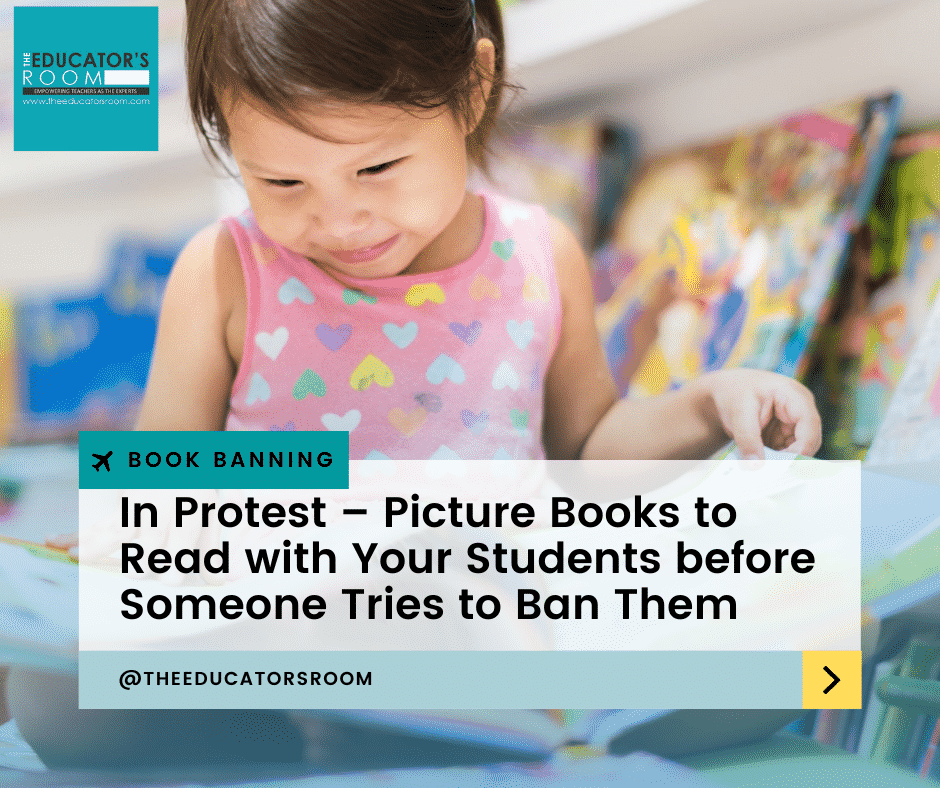


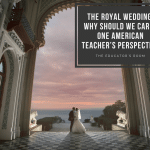
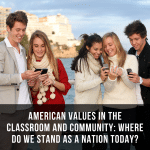
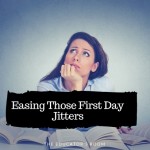
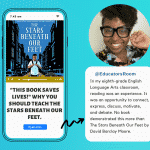
This is a wonderful piece about how families, schools and communities can encourage the love of learning and reading in children. That is what we should aspire for children, not taking away materials that open their minds, encourage discussion and empathy. The list of books to read for students and the reason why is a great resource.
Excellent piece! Let children read as many books as they want and can carry!
Ms. Letofsky’s students must surely have appreciated a teacher who thoughtfully selected such fine books to share with them!
I encourage all teachers to read these books to their students, engaging in not-so-quiet acts of peaceful resistance to book banning.
As an educator of young children, this piece spoke to my heart. There is no better way for children to learn about the world around them, make connections, understand empathy, and develop a love for learning than through books. I can picture my own students listening and sitting on every word as I read many of these books to them. We need to keep books in the hands of children – not consider banning them! An excellent list of books – a few that I haven’t read but will be sure to read now!
Thank you for this thoughtful appeal.
Stories have the power to bridge communities and bond individuals within a community. Stories help us to define and imagine a better version of ourself. Books teach lessons in life, nurture empathy, and help children and adolescents learn to regulate emotions in bite-sized pieces without having to fully experience the hardship or disappointment in reality. Diverse readers are better equipped for life, and better humans.
Thank you for this thoughtful appeal.
Stories have the power to bridge diverse communities and bond individuals within communities. Stories help to define and imagine a better version of ourselves. Books teach lessons in life, help to nurture empathy, and teach children and adolescents how to regulate emotions in bite-sized pieces without having to experience the hardship or disappointment fully for themselves. Diverse readers are better equipped for life, and better humans for having read.
Beautiful points, Laura! One of my goals as a teacher was to help my students become decent people, and I agree that books can help them build understanding, empathy, and respect for others. Keep reading!
Thank you, Julie, for this excellent and insightful essay on the power of books, words, and ideas. It is that power which book banners fear. We all need to work to keep this power alive and in the hands of readers both young and old. Buy books, read books, give books, share books, talk about books. Your essay is a call to action! Thank you!